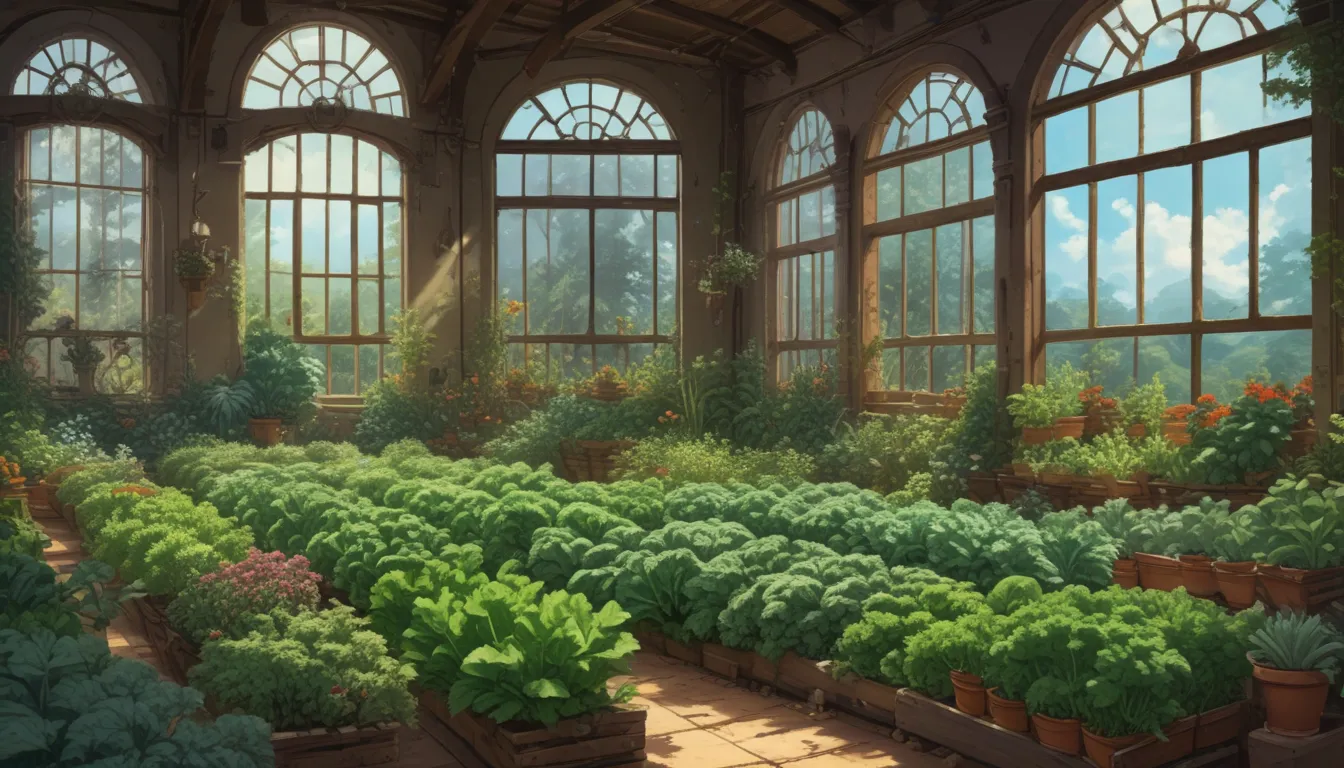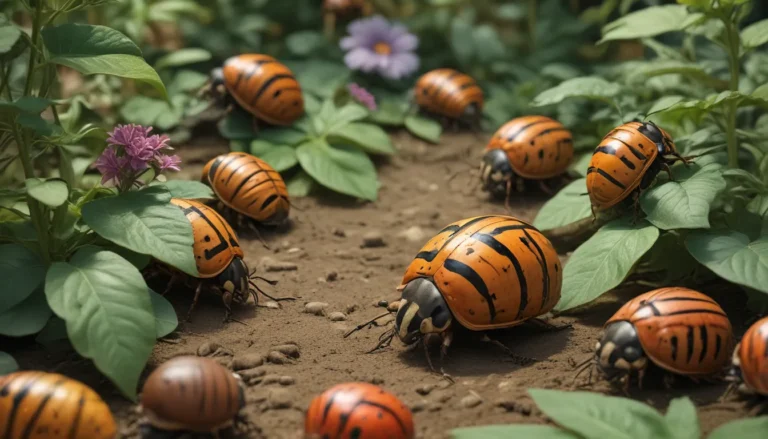Enhancing Kale Growth with Companion Plants

Congratulations on choosing to grow kale in your vegetable garden! Kale (Brassica oleracea var. acephala) is a nutrient-rich, versatile plant that deserves a place in any gardener’s lineup. But what if you could take its growth to the next level by companion planting with other beneficial plants?
Companion planting involves strategically placing plants near each other to enhance growth, deter pests, and improve overall garden health. In this comprehensive guide, we’ll explore a wide range of companion plants that pair well with kale, their roles in the garden, and how they can benefit your kale crop.
Understanding Companion Roles
When selecting companion plants for kale, it’s essential to consider the roles these plants will play in your garden ecosystem. Some key companion roles include:
- Insectaries: Attract predatory and parasitoid insects to control pests.
- Repellents: Deter pests through scent or visual cues.
- Nitrogen fixers: Add nitrogen to the soil, benefiting neighboring plants.
- Light feeders: Have low nitrogen requirements, reducing competition for nutrients.
- Ground covers: Protect soil, retain water, and suppress weeds.
- Shade providers: Offer protection from excessive sunlight.
By diversifying your garden with companion plants that fulfill these roles, you can create a harmonious environment that supports the growth of your kale and other vegetables.
Kale’s Companions
Let’s explore some popular companion plants that can enhance the growth of kale in your garden:
Herbs
Herbs play a vital role in companion planting by attracting beneficial insects, repelling pests, and adding diversity to the garden. Some herb companions for kale include:
- Cilantro: Attracts hoverflies and beneficial insects, enhancing pest control.
- Dill: Attracts wasps and hoverflies, adding visual interest to the garden.
- Lemongrass: Acts as a repellent for certain pests and adds flavor to culinary dishes.
These herbs not only complement kale’s growth but also contribute to a vibrant and diverse garden ecosystem.
Vegetables
Certain vegetables make excellent companions for kale, offering benefits such as nitrogen fixation and pest control. Consider planting these veggies alongside your kale:
- Beans: Nitrogen-fixing beans add nutrients to the soil without competing with kale.
- Hot Peppers: Attract parasitic wasps for pest control and are light feeders.
- Tomatoes: Interplanted with kale to reduce infestations of pests like diamondback moths.
By strategically pairing these vegetables with kale, you can create a synergistic garden that supports healthy plant growth.
Alliums
Alliums, including onions, leeks, and garlic, serve as natural pest repellents and insectary plants in the garden. Consider adding these allium companions to your kale patch:
- Bunching Onions: Low-maintenance and versatile, repelling pests while enhancing culinary dishes.
- Chives: Aesthetic and useful, repelling pests while providing a delightful addition to recipes.
- Leeks: Pest repellents that add flavor and nutrition to a variety of dishes.
By incorporating alliums into your garden, you can benefit from their pest-deterring qualities while enjoying their culinary versatility.
Annual Flowers
Annual flowers add beauty and functionality to the garden, attracting beneficial insects and providing ground cover. Consider planting these annual flowers alongside your kale:
- Marigolds: Repel pests and attract hoverflies for natural pest control.
- Nasturtium: Protect cole crops from pests while adding color and vibrancy to the garden.
- Sweet Alyssum: Attracts hoverflies and functions as a ground cover, enhancing pest control.
These annual flowers not only enhance the visual appeal of your garden but also contribute to a healthier and more balanced ecosystem.
Grains and Cover Crops
Cover crops and grains serve multiple roles in the garden, including nitrogen fixation, ground cover, and pest control. Consider adding these grains and cover crops to complement your kale crop:
- Buckwheat: Acts as a ground cover and nitrogen fixer, attracting beneficial insects.
- Hairy Vetch: Enhances soil health, attracts beneficial insects, and improves overall garden productivity.
- Sorghum: Provides shade, attracts parasitic wasps, and complements kale growth.
By incorporating grains and cover crops into your garden, you can enrich the soil, improve water retention, and support the growth of your kale crop.
Avoiding Bad Companions
While companion planting can benefit kale growth, it’s essential to avoid planting certain allelopathic plants near your kale patch. Plants like sunflowers, tree of heaven, and black walnuts can have harmful effects on neighboring plants, including kale. By being aware of these potential issues, you can prevent growth problems and maintain a healthy garden ecosystem.
Conclusion
In conclusion, companion planting offers a valuable opportunity to enhance the growth of your kale crop. By selecting plants that fulfill specific roles, such as attracting beneficial insects, repelling pests, and providing nutrients, you can create a dynamic and thriving garden ecosystem. Consider incorporating a diverse array of companion plants, including herbs, vegetables, alliums, annual flowers, and grains, to create a harmonious and balanced garden that supports the growth of your kale crop. Experiment with different companion plants, observe their impact on your garden, and enjoy the benefits of an enriched and productive growing environment. Happy gardening!





